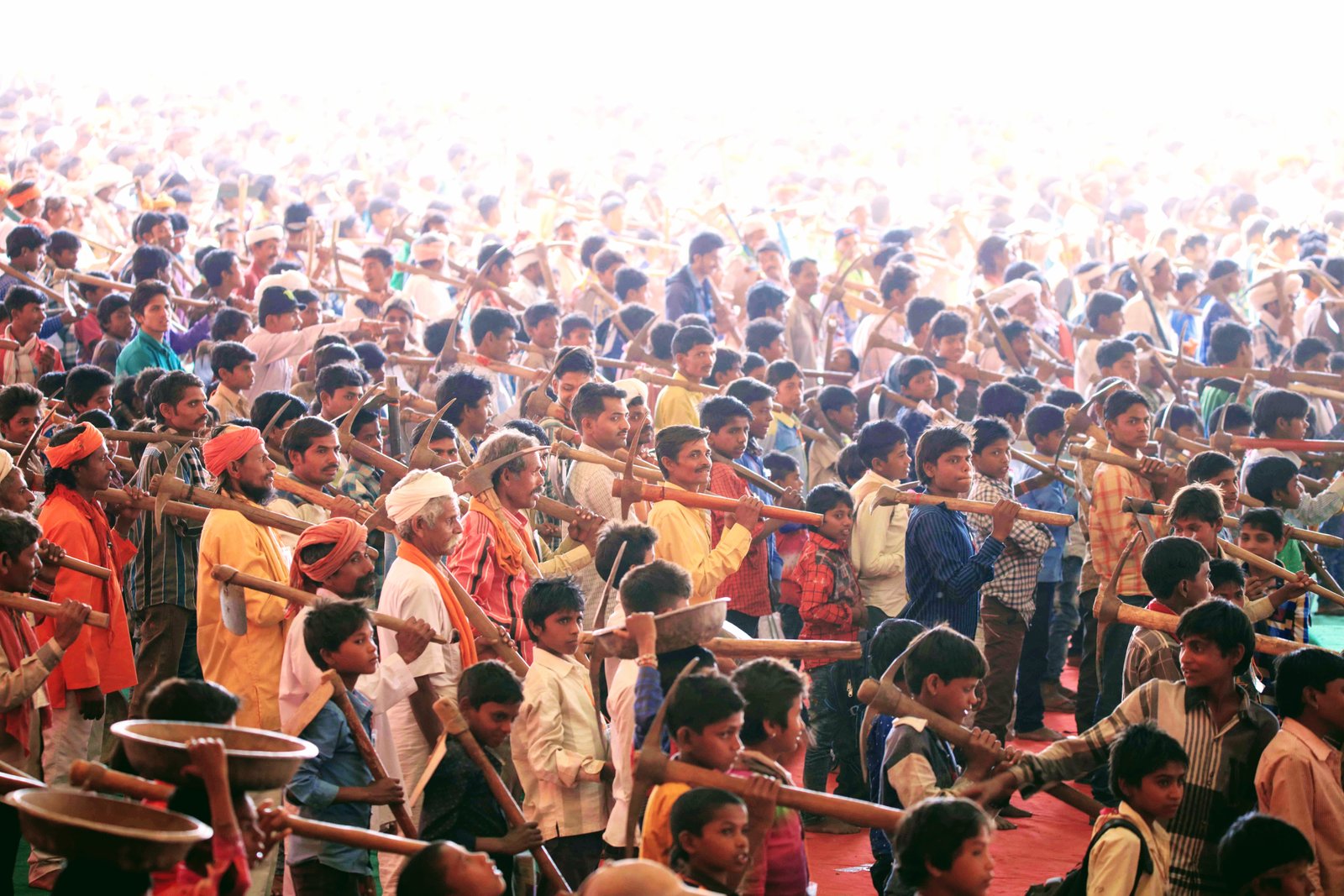TRIBAL CULTURE
Parmarthi Community
Tribal people have been viewed historically as ‘backward’ first by foreigners and then, our own country people. This perpetuated inferiority towards native wisdom, traditions and practices, hurting the self-esteem of tribal people and ultimately losing interest and confidence in their traditional knowledge. Why traditions? Traditions of tribal people were formulated to fit local requirements and all of them, empowering and enriching community participation and connection with nature. Refined over time and passed on generations to generations, these traditions still are potent enough to counter many local problems and combined with professional skills, become an ingenious sustainable solution to planetary problems like global warming.










